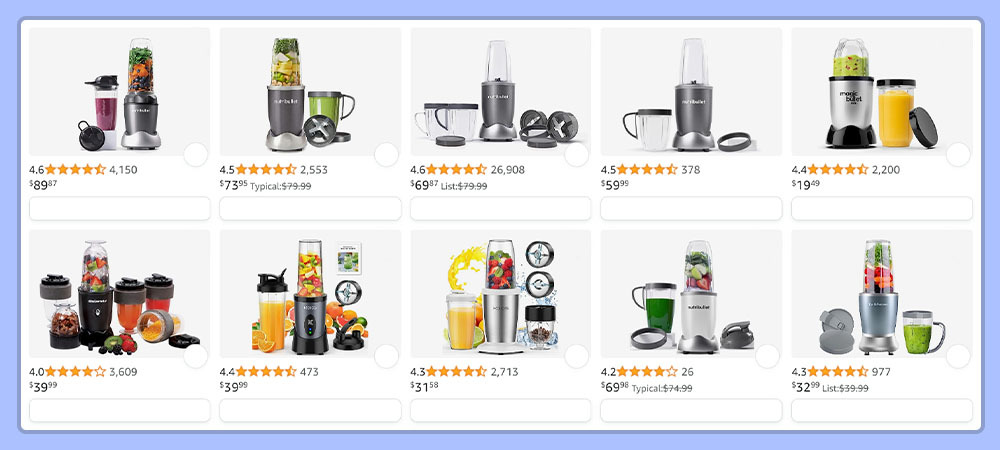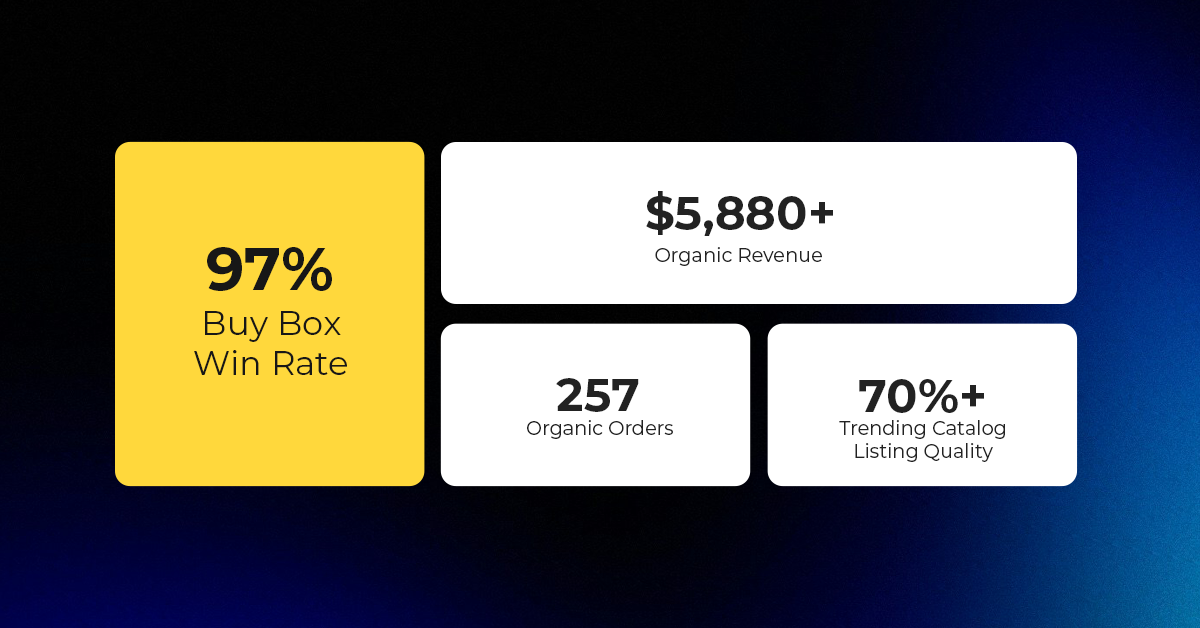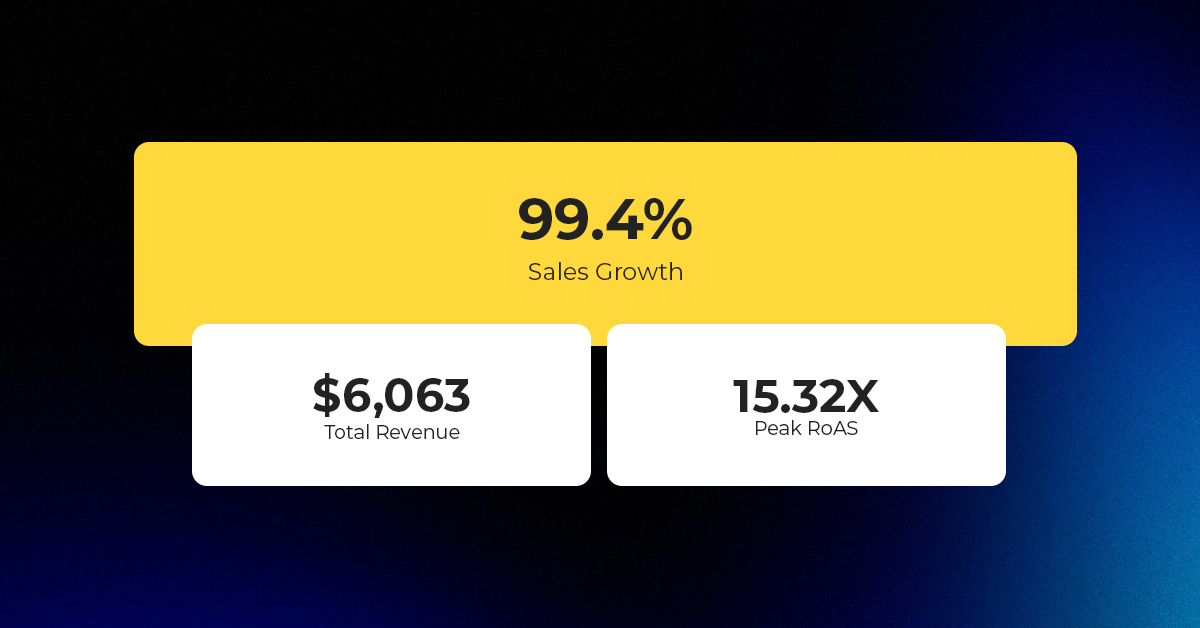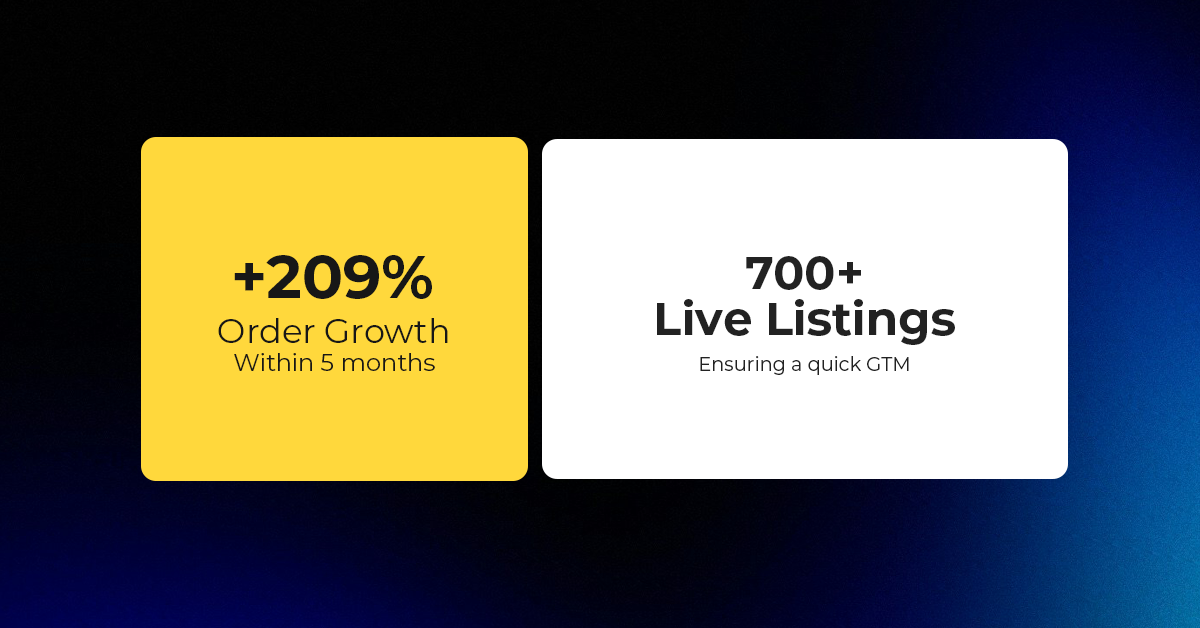Etsy Expands Payments Policy Globally; Instant Transfers Go Live for US Sellers
Reading Time: 3 minutesWhat’s changed Etsy has rolled out major updates to its Etsy Payments…
The eCommerce world is vast, and marketplaces like Amazon and eBay offer a gateway to a massive audience. But what if you could reach beyond the walls of a single account? Imagine diversifying your product offerings, testing innovative product strategies, or building a more robust online presence. This is the power of being able to manage multiple seller accounts on Amazon & eBay!
If you’re looking to grow your business in new areas, manage different brands separately, or experiment with sales tactics, having an additional seller account could be the answer. In this blog, we will provide you with the information and strategies to manage multiple seller accounts on Amazon, and eBay.
By the end, you will be able to handle multi-account selling, while staying compliant with regulations for such accounts.
While Amazon adheres to a one-seller-account-per-seller policy by default, this is only to ensure a fair and organized marketplace for both sellers and customers. However, they understand the needs of growing businesses and acknowledge situations where having multiple Amazon seller accounts might be beneficial.
The key to accessing additional accounts lies in demonstrating a legitimate business need. This concept allows established businesses to multiple Amazon seller accounts through separate accounts. Additionally, here are some examples of how Amazon perceives legitimate business needs:
Note: This is not a complete list of business needs that would necessitate opening multiple Amazon seller accounts. Amazon’s policy uses the term “examples,” indicating an inexhaustible list of such possibilities.
Here are the steps to follow once you have decided to apply for multiple Amazon seller accounts:
Furthermore, you can increase your chances of Amazon approving your request by understanding these guidelines and presenting a compelling case, for additional seller accounts.
Account Suspension: A suspended account means you lose access to your listings, inventory, and potentially even the funds held by Amazon.
Loss of Selling Privileges: In severe cases, Amazon might permanently revoke your selling privileges. This essentially bans you from selling on their platform altogether.
Wasted Time and Resources: The effort you invested in building your store, managing inventory, and acquiring customers all goes to waste with a suspended account.
Financial Penalties: Amazon might withhold your funds during the investigation and suspension period. Additionally, depending on the severity of the violation, they might impose financial penalties.
Difficulty in Regaining Approval: Even after resolving the suspension, regaining Amazon’s trust can be a challenge. You may face increased scrutiny on your future activities and stricter adherence to their policies.
Remember, operating multiple Amazon seller accounts requires careful management and strict adherence to Amazon’s policies to ensure a smooth and successful experience.
Moving on to eBay, the marketplace offers more flexibility, as it allows sellers to have multiple accounts under certain conditions, which can be beneficial for reasons like brand segregation or product category separation.
Similar to Amazon, transparency is crucial. Each account needs to have distinct identifying information and operate independently.
Overall, while eBay offers more flexibility for managing multiple seller accounts, responsible management and adherence to their policies are still crucial to avoid account suspension.
Here’s when and how to request additional accounts:
Regardless of how many accounts you have, eBay expects you to manage each one effectively and adhere to its highest buyer and seller standards. These standards cover areas like performance, risk management, and best practices. They’re in place to ensure a safe and positive experience for everyone on eBay.
Read more about eBay’s multiple account policy here.
Now that we have explored the importance of adhering to policies and the potential consequences of missteps, let’s discuss how you can manage this high-stakes balancing act of multiple Amazon seller accounts.
Leverage Amazon’s extensive reach while strategically expanding your presence by becoming a multi-account Amazon seller! Here’s why:
1. Product Segregation:
Think of your inventory as a diverse crowd. The way you wouldn’t place designer products next to those on sale in a brick-and-mortar store, the same logic applies to Amazon. Multiple accounts allow you to create specialized storefronts.
For example, if you sell products from multiple skincare brands on Amazon, wouldn’t it be more effective to them on different storefronts? This targeted approach allows you to tailor product descriptions, promotions, and even branding to resonate with a specific audience!
2. Inventory Management:

3. Testing Strategies:

This is why having multiple accounts allows you to gather data-driven insights by testing different approaches with A/B testing, helping you discover what truly resonates with your customers.
Managing multiple Amazon seller accounts can be a powerful tool for growth, however, it also comes with its own set of challenges. Here’s a breakdown of the hurdles you might face and how to overcome them:
1: Juggling Inventory Across Accounts
Keeping track of inventory levels across multiple accounts can be a logistical nightmare.
The risk of overstocking on one account while another faces stockouts increases.
Solution:
Utilize third-party services to sync inventory data across all your accounts, providing a centralized view and streamlined updates.
2: Maintaining Brand Consistency
Inconsistent branding across accounts can confuse customers and dilute your overall brand identity. Additionally, creating consistent product descriptions, images, and marketing messages can be time-consuming.
Solution:
Develop a brand style guide that outlines your brand voice, logo usage, and messaging. Also, create pre-formatted product descriptions and marketing materials to save time and ensure consistent messaging.
3: Time Management and Organization
Managing listings, orders, and customer service across multiple accounts can be overwhelming.
Solution:
Implement scheduling tools and prioritize tasks to stay on top of your workload. Utilize communication platforms that integrate with your Amazon accounts to handle inquiries efficiently.
4: Policy Compliance Across Accounts
Managing multiple accounts increases the risk of unintentional policy violations due to oversight. Moreover, violating policies on any account can lead to the suspension of all linked accounts.
Solution:
Regularly review and stay updated on Amazon’s seller policies to ensure compliance. Plus, maintain distinct login information and IP addresses for each account to avoid any appearance of manipulation.
These challenges might seem daunting at first, however, there is nothing in eCommerce that cannot be solved with innovative technology! The multi-account challenge requires the right strategy and robust tools.
Here is where we introduce the CedCommerce Amazon Channel which enables you to manage multiple Amazon seller accounts and minimize headaches.
Lastly, if you’re opting for additional accounts, you must leverage CedCommerce Integration’s comprehensive features and multi-account capabilities, to navigate & manage multiple Amazon seller accounts with confidence.
The world of eCommerce is brimming with opportunities, and managing multiple seller accounts can be a strategic move to expand your reach and boost your bottom line. However, navigating this path requires a blend of knowledge, organization, and the right tools.
Here are the Key Takeaways for Multi-Account Success:
Moreover, with the right approach, you will gain the power to manage multiple Amazon seller accounts can open up a world of possibilities. This will allow you to refine your brand identity, cater to diverse audiences, and ultimately, achieve remarkable growth. Happy Selling!

Reading Time: 3 minutesWhat’s changed Etsy has rolled out major updates to its Etsy Payments…

Reading Time: 2 minutesWhat’s changed Walmart has introduced a new Shipping Score metric within its…

Reading Time: 3 minutesWhat’s changed Amazon has announced an additional $35 billion investment in India…

Reading Time: 4 minutesAbout the Brand: 40ParkLane LLC Studio40ParkLane is a design-led print-on-demand brand created…

Reading Time: 3 minutesAbout the Company Brand Name: David Protein Industry: Health & Nutrition (Protein…

Reading Time: 3 minutesOnline retail spending in Germany is entering a renewed growth phase after…

Reading Time: 4 minutesTikTok Shop has released a comprehensive Beauty and Personal Care Products Policy,…

Reading Time: 4 minutesTikTok Shop has formally outlined comprehensive requirements for expiration date labeling and…

Reading Time: 3 minutesTikTok Shop is raising its sales commission for merchants across five active…

Reading Time: 11 minutesBy now you have seen your BFCM 2025 numbers. The harder question…

Reading Time: 3 minutesAbout the Brand Name: Vanity Slabs Inc Industry: Trading Slabs- Vanity Slabs…

Reading Time: 2 minutesAbout the Brand Name: Ramjet.com Industry: Automotive Parts & Accessories Location: United…

Reading Time: 2 minutesAmazon is rolling out strategic referral fee reductions across five major European…

Reading Time: 4 minutesQuick Summary: Scaling Lifestyle Powersports on eBay with CedCommerce Challenge: Zero marketplace…

Reading Time: 4 minutesTikTok has surpassed 460 million users across Southeast Asia, reinforcing its position…

Reading Time: 3 minuteseBay has released its final seller news update for 2025, with a…

Reading Time: 3 minutesAmazon has clarified its stance regarding speculation around a potential breakup between…

Reading Time: 4 minutesWalmart is accelerating its push into next-generation fulfillment by expanding its drone…

Reading Time: 4 minutesFaire, the fast-growing wholesale marketplace connecting independent retailers with emerging brands, has…

Reading Time: 4 minutesB2B buying in the United States is undergoing a fundamental behavioral shift…